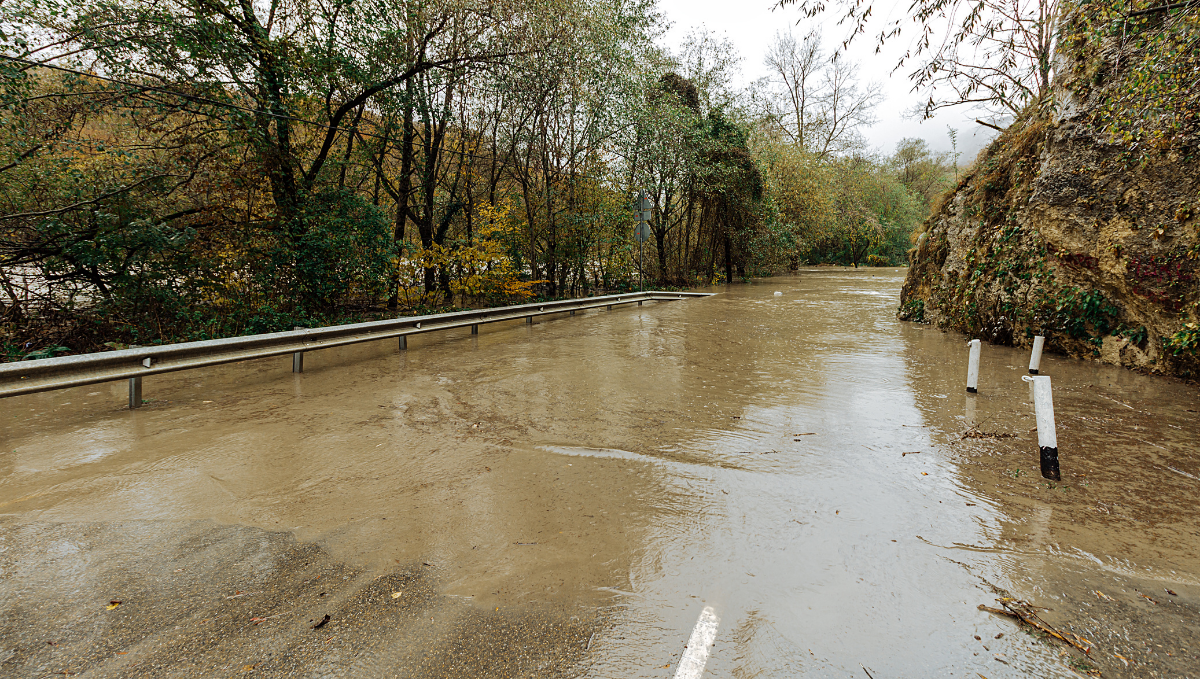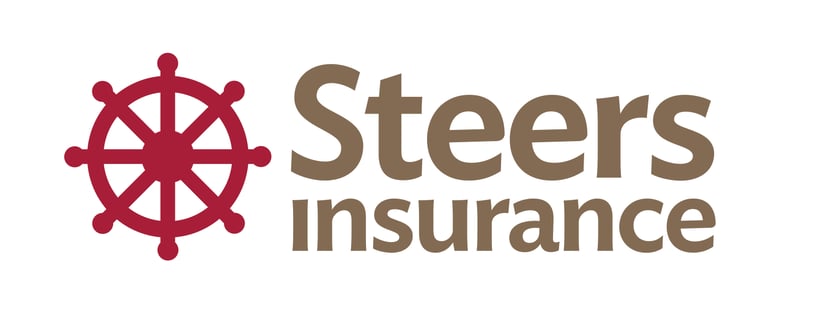
In 2021 alone, water was the cause of more than $200,000,000 in losses for customers across Canada.
All forms of water damage including sewer backups, flood damage, broken pipes, and roof leaks consistently represent one of the top 3 leading causes of losses. Some of these losses are naturally occurring and challenging to manage, however there are many opportunities to prevent or reduce the affects of a water damage loss.
Knowing your building is the first step in water damage mitigation
Recommended additional steps may include:
- Developing an internal inspection routine that includes periodic checks of the roof, boiler and machinery, sanitary, domestic and fire water systems
- A water valve isolation map of domestic water and fire protection systems to help support internal visual inspections
- Note any aged infrastructure and have a plan in place to replace or repair
- Developing a maintenance plan for critical equipment, including having critical spare parts on hand
- Having a contractor management program that includes vetted qualified contractors who know your system and are prepared
- A water damage plan as part of a business interruption plan can be included to prepare for any unforeseen issues that may occur as well as associated training of onsite personnel
Routine site inspections can catch something that can be a quick fix instead of a big problem
Preventative maintenance can include:
- Annual (or as required) contractor inspections to certify systems and equipment
- Non-destructive testing on systems that include:
- Infrared inspections on roof and envelop of the building for leakage
- Ultrasonic testing on aged pipes (to determine wall thickness)
- Leak testing on water systems
- Scoping pipes for wear and tear
- Testing and exercising equipment and systems as needed
- Scheduled maintenance including replacing or repairing wear and tear items
- Utilize a Building Automation Systems (BAS)
Utilize a BAS system
BAS systems help connect and monitor functions across a building, from HVAC systems to electrical and are often wired through one set of controls. It can alert a responsible person if there is a failure or breakdown of any connected equipment.
Water related technologies can be connected through a BAS system and include active and passive water leak detection systems that help monitor, control and notify the operators of a condition that could lead to significant
water damage. With these systems, you can start off small with a few key areas such the mechanical and electrical rooms and add sensors where there is a need, however for complete protection all areas with water exposures should be protected.
Many insurers recognize Water Damage Prevention Association of Canada (PREVCAN) which is an association that promotes water damage technologies and associated standards including design, installation and maintenance. PREVCAN takes the guesswork out of trying to find a certified product and knowledgeable installer, be wary of off-the-shelf products that are not recognized by any industry standards or your insurer.
Have a water damage control plan
A water damage control plan is similar to a fire safety plan. Know what you’re going to do before an emergency (e.g. drills to test the plan), during an emergency, (e.g. shut off valves) and after an emergency (e.g. document damage, contact insurance company, have a vetted restoration company ready to go).
Staff need to be trained to understand the overall plan and what their specific role is in the event of a water emergency. It’s critical to periodically test the plan to ensure it works.
Learn more about water damage
If you’re looking for more information about the impact of water damage and how to mitigate potential risks, contact us today!


 ;
;
 ;
;
 ;
;
 ;
;
 ;
;
 ;
;
 ;
;

